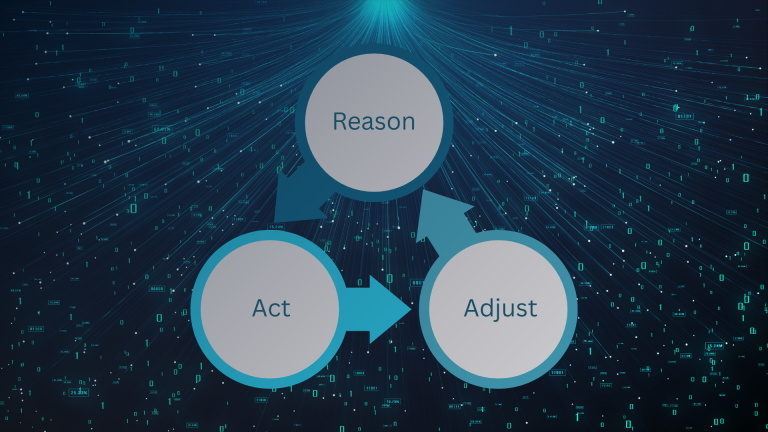AI Strategy Starts with the Tools You Already Use
An AI strategy shouldn’t begin with shiny new technology. It should begin with the reality of your day-to-day operations. The tools your team uses most are where inefficiencies pile up and where AI can deliver the fastest impact.
Common Pain Points We Hear
- “We’re constantly switching between apps to get one task done.”
- “Our systems don’t talk to each other.”
- “Important data is stuck inside one platform.”
- “We spend too much time on manual updates.”
How AI Can Help
AI can sit on top of or inside your existing systems to make them smarter and more connected:
- Workflow automation that moves information between tools without manual effort.
- Smart assistants that let employees query multiple systems through natural language.
- Contextual suggestions that save clicks, like recommending the next best action.
- Automatic documentation that updates records after meetings, calls, or support interactions.
By integrating with the tools your people already know, AI delivers value without requiring a major shift in behavior.
Framing Your AI Strategy
Start by asking:
- Which systems are “mission-critical”?
- Which apps are causing frustration?
- Where do people spend the most time clicking instead of thinking?
The answers highlight your best candidates for AI integration. This ensures your AI strategy feels practical, not theoretical.
Bottom line: The fastest path to AI value is through the tools your business already depends on. Map them, prioritize them, and layer in AI to make them smarter.







